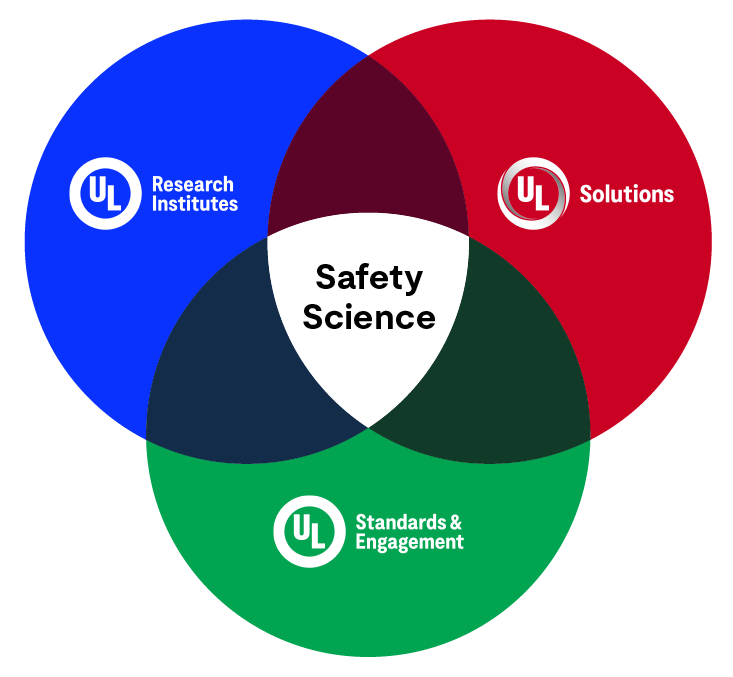
The role played by phosphorous material in the effectiveness of blue LEDs, improvements in the efficiency of this material will ensure better performance of LEDs cites Gautam Brahmbhatt, Head, Quality Engineering at UL in conversation with Jyoti Gazmer, Sub-Editor, BISInfotech to further analyze the impact of Blue Lights in the LED Industry today.
1) Can you take us through the major advantages of Blue Lights over the white LED lights?
LEDs emit far less power in comparison to incandescent and fluorescent lamps:
| Light Source | System Level efficacy (lm/W) | Typical Life (hours) |
| Incandescent lamp | 8 – 18 | 1000 |
| Tubular fluorescent lamp | 50-70 | 5000 |
| Compact fluorescent lamp (CFLs) | 50-75 | 8000 |
| LEDs based lamp | 80-120 | 25000 * |
* The life of weakest component in the system define the life of whole system. In the case of LEDs, the control gear is considered the weakest link.
There are two ways of producing white light using LEDs. One is to use individual LEDs that emit three primary colours-red, green, and blue, and then mix the colours to produce white light. The other method is to use a phosphorous material as a coating to convert monochromatic light from a blue or UV LED to broad-spectrum white light.
Using blue radiation in LED technology offers two specific advantages – one, it consumes lesser power, two, it is more efficient in terms of light output. For instance, from 2014, to 2018, with advancement in phosphor, the efficiency of blue LEDs increased from 130-140 lm/W to 200-210 lm/W. Hence, the use of bright and energy efficient blue LEDs will have a significant positive impact on lighting costs and the environment, especially in developing countries. Blue LEDs are currently used for Indoor lighting and outdoor lighting, solar-based lighting applications and electronic gadgets like TVs, computers and m2obile phones.
2) On the contrary, some studies have suggested that Blue Lights are unhealthy for human especially the eyes. Any comments on this?
The main determinant of safety for any LED light is compliance with photo-biological requirements. The IEC standards ( IEC 62471 :2006 and IEC TR 62778:2014) used in most market access programmes, specify hazards like UV radiation and retinal blue light, which affect skin and eyesight, respectively.
3) Do we foresee any technological progressions in Blue LED domain in the way forward?
Considering the role played by phosphorous material in the effectiveness of blue LEDs, improvements in the efficiency of the material will ensure better performance of LEDs.
4) In your opinion, how beneficial do you think it would be to add the Blue Lights in car lighting?
Headlamps with blue LEDs have longer life span, suffer less impact due to vibrations and offer better night vision. However, the optical design should be very precise and to ensure that it does not block vision of oncoming vehicle and pedestrians. The Automotive Industry Standards (AIS) define the requirements of high beam and low beam pattern for the headlamp, it is important to ensure compliance to AIS standard requirements.
5) While the traditional lighting systems in streets, offices, airports,.etc., in India have begun replacing it with LED lights, how prepared is India for the Blue Lights?
With rapid technological advancements in LED technology, the efficacy is improving across lighting applications. This will offer energy saving and durable Lighting products. India being developing country, the opportunity lies in installing new lights as well as in the replacement of old inefficient lighting. Currently in India BIS Compulsory registration scheme is mandatory for safety standards for Self-ballasted LED Lamp and LED Luminaires. The need of hour is to mandate compliance to the photobiological safety, reliability and performance standards covering all type of LED Lighting products including LED Modules.
6) Lastly, what challenges and scopes do you foresee in 2019?
The market is going to be flooded with different type of Innovative Lighting Products and compliance to safety including photo-biological safety, reliability and performance requirements of standards is of utmost importance. Also, the standardization and regulation has to catch up with the technology to avoid substandard products entering in to the market.
